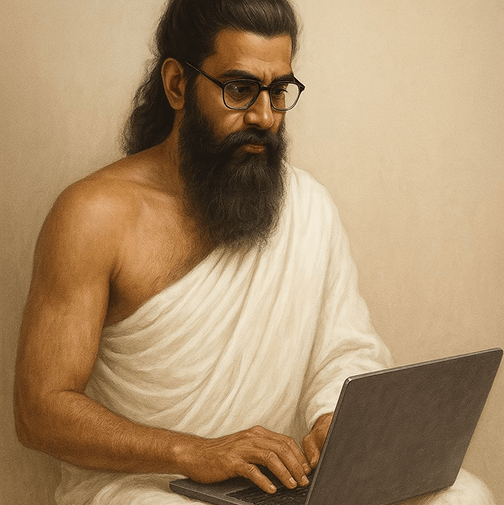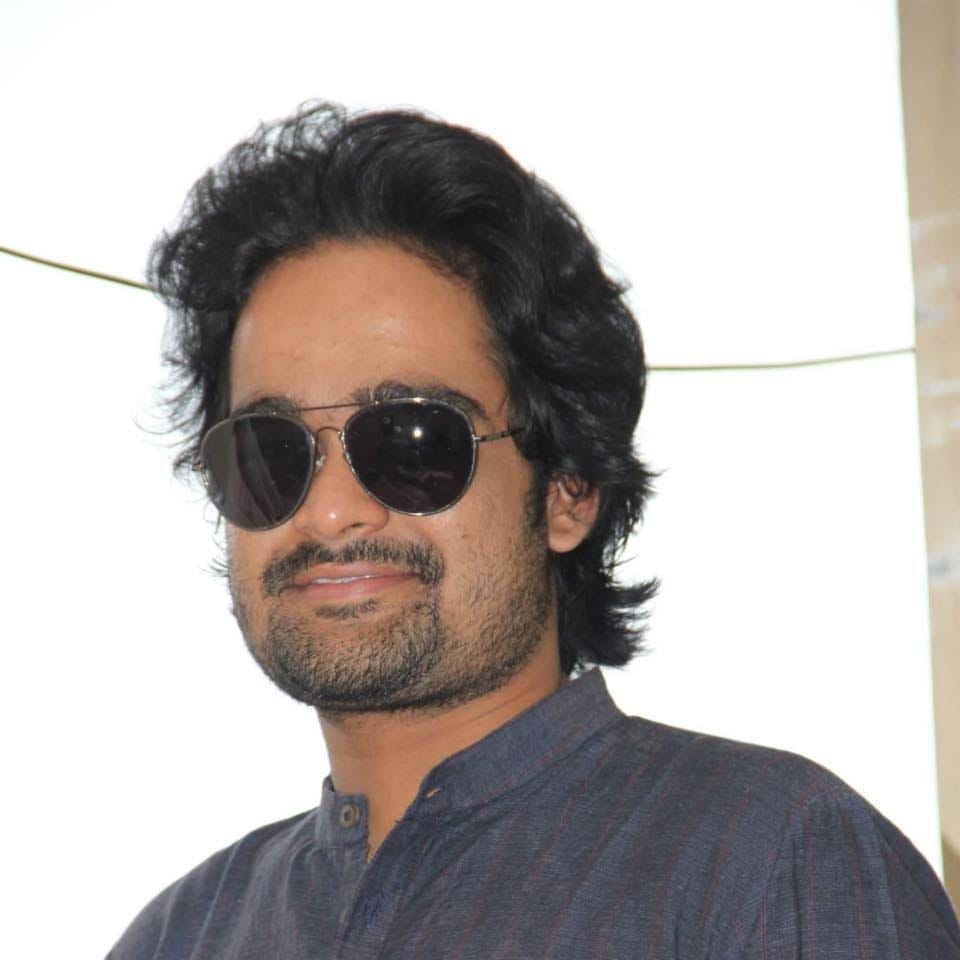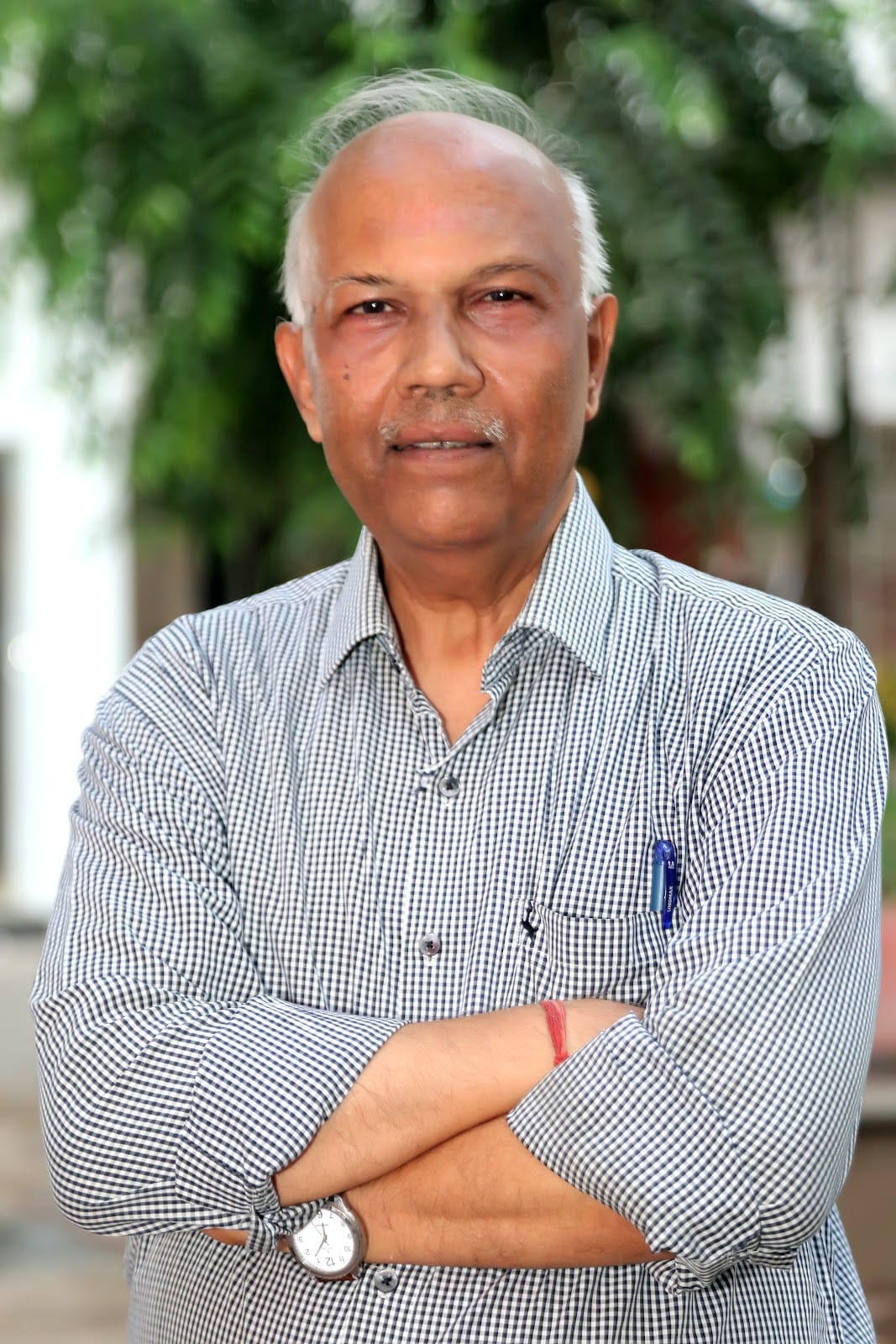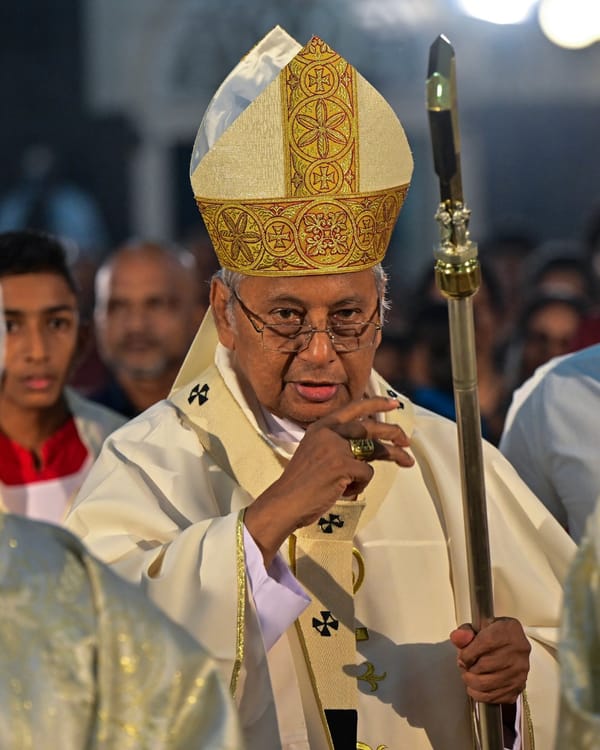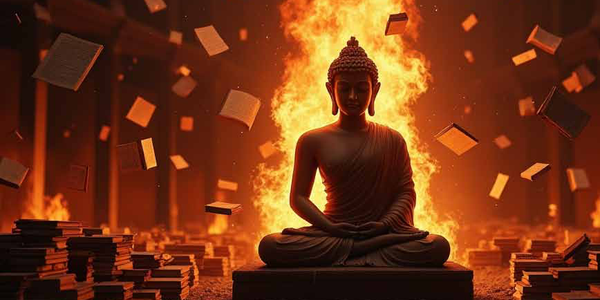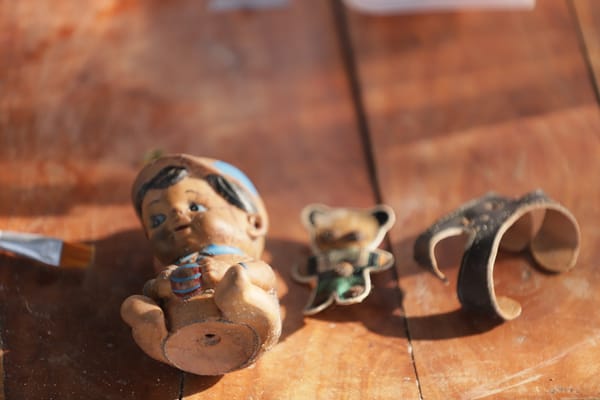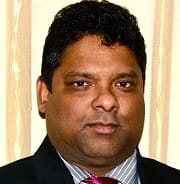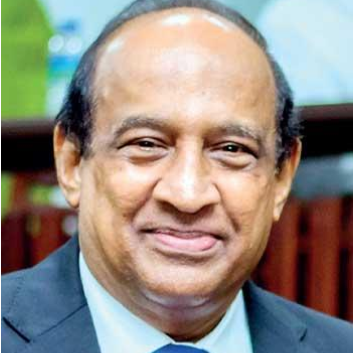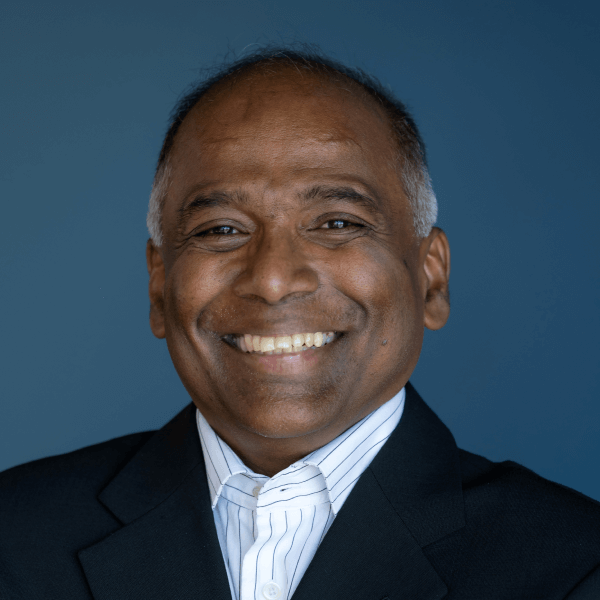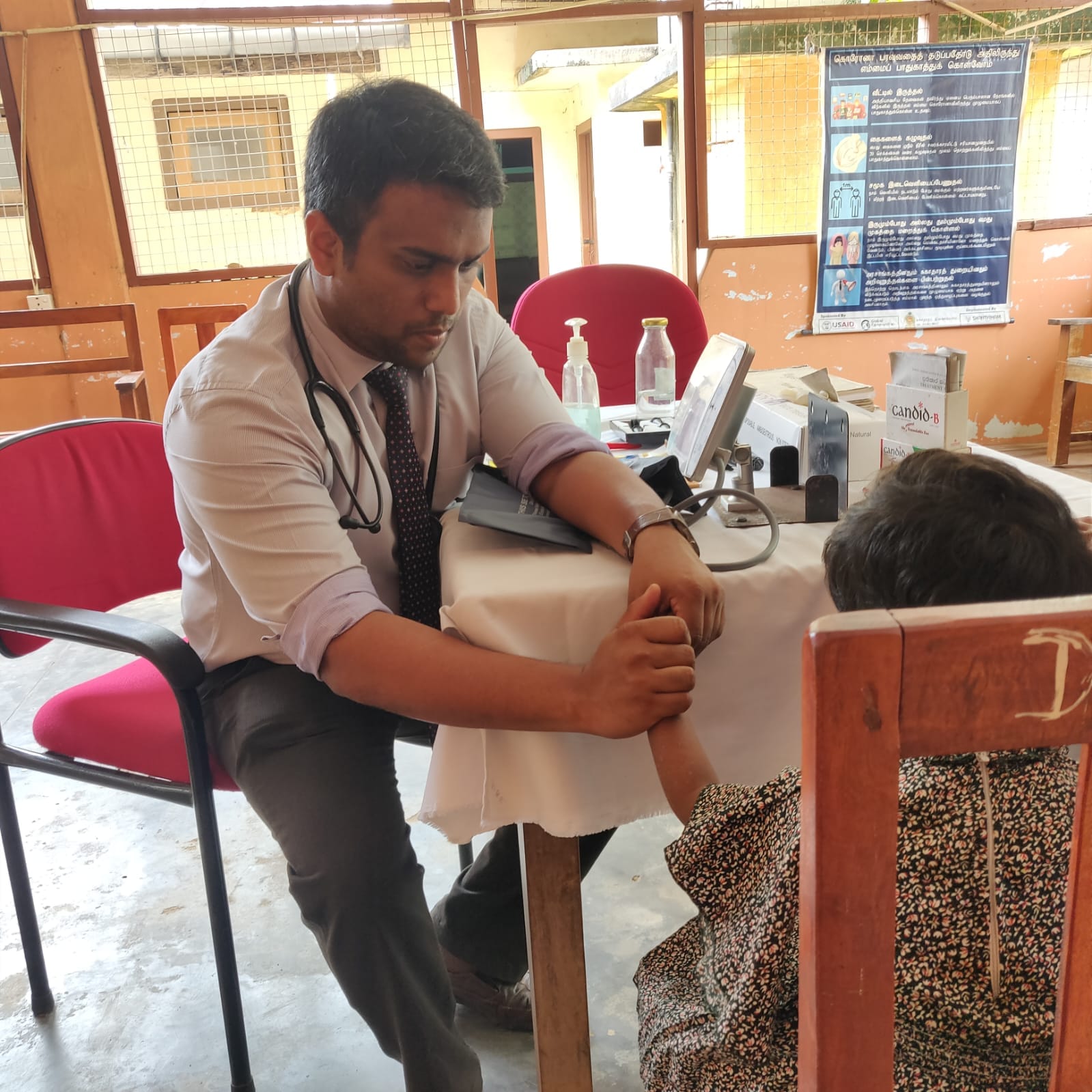
U.S. Nominates Eric Meyer as Next Ambassador to Sri Lanka; Senate Confirmation Pending
The United States has nominated Eric Meyer, a senior career diplomat currently overseeing South and Central Asian policy at the U.S. Department of State, as its next Ambassador Extraordinary and Plenipotentiary to Sri Lanka, though the appointment is yet to be finalised pending Senate confirmation. President Donald Trump submitted Meyer’s nomination to the U.S. Senate on July 9, 2025, where it was referred to the Senate Foreign Relations Committee as Presidential Nomination PN380-2 during the 1

Our Reporter


